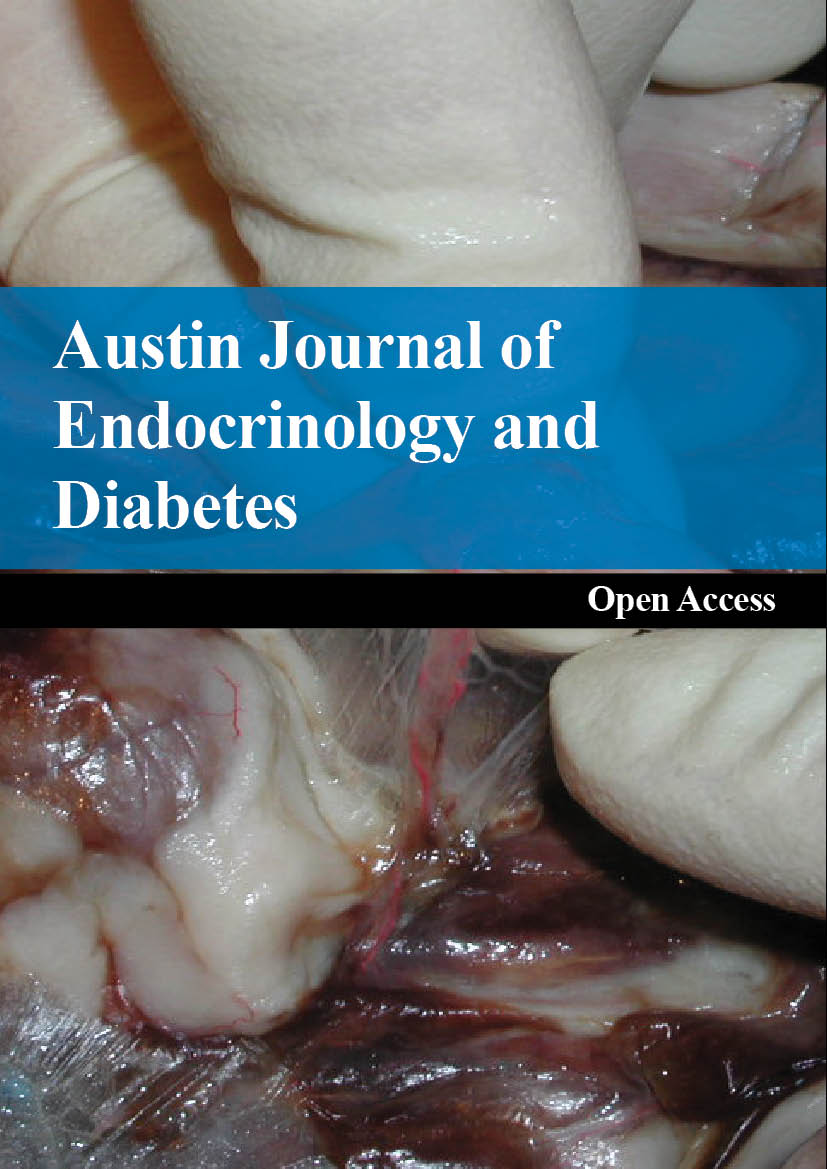Authors: Spandhana Racharla; Baluka Vanitha; Madhuri Lakkampelly; Shehnaz Sultana; Prashanth Chiliveri; Reddy PP*
Authors: Sayantan Chakraborty*; Debaditya Das; Piyas Gargari; Anish Kar; Sujoy Ghosh; Pradip Mukhopadhyay
Authors: Adnan AL-Radhy; Nora Al Sagheer; Abdulkafy Shujaa; Ali Al-Zaazaai; Aref Al Bakri; Khaled Al Khamesy; Saleh Bahaj
Authors: Mahmoud Ahmed Kiblawi*; Rawan Abukhater; Maitha Alhosani; Kashif Hafeez; Deanne Kashiwagi
Authors: Bogdan Mihai Pascu*; Vasilica Plaiasu; Lucia Rosu; Cristina Stoica; Elena-Emanuela Stan; Alexandra Jafa

Austin Journal of Endocrinology and Diabetes is an open access, peer reviewed, scholarly journal dedicated to publish articles in all areas of endocrinology and diabetes. The renowned editorial team ensures a balanced, expert assessment of the articles published with an aim to provide a forum for physicians, researchers and other healthcare professionals to find most recent advances in the areas of endocrinology and diabetes.
More>>